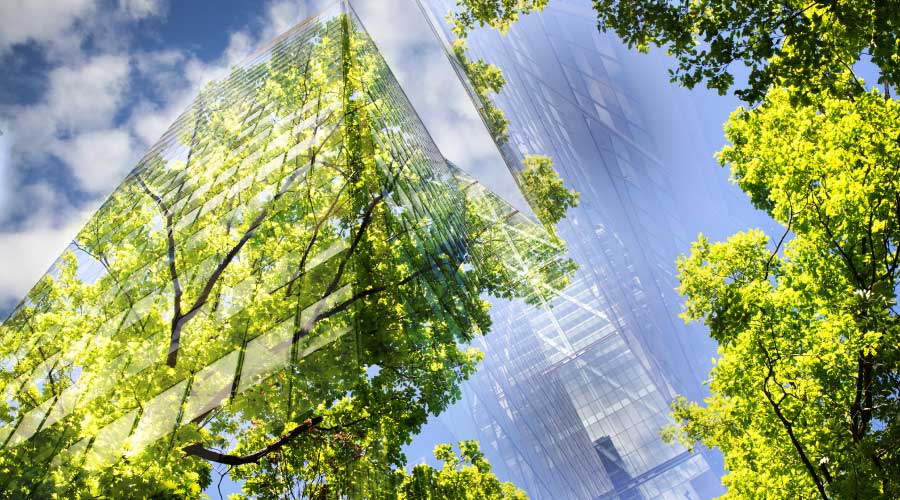New Energy Code Approach Could Be Industry Game-Changer
When Seattle's Supply Laundry Building opened in 1906, building codes looked rather different than they do today. And energy codes weren't yet a gleam in even the most progressive politician's eye. These days, however, after a full renovation and a listing on the National Register of Historic Places, the building (along with two other pilots in Seattle) is serving as a test case for a new type of energy code compliance, one that has the potential to be nothing short of an industry game-changer.
The building is not using a prescriptive compliance method, for which design strategies must meet individual targets (a particular window-to-wall ratio, for instance), nor a performance compliance method, for which meeting code is based on a building's total energy use (based on the building's energy model).
Rather, the Supply Laundry Building is using a third choice: an outcome-based method of compliance that will require actual energy usage data. When the building is 75 percent occupied — which is expected by the end of the year, according to Brandon Morgan, development manager with Vulcan Real Estate, which redeveloped the building — it will undergo a year-long performance period during which it must hit a particular energy target to be in compliance with the energy code. In this case, the building must be 50 to 60 percent below the federal benchmark CBECS' 2003 average for similar mixed-use buildings in Seattle.
The idea behind this project specifically, but outcome-based compliance in a broad sense, is to solve what many consider the industry's single biggest problem: bridging the gap between design intent and operational efficiency. "Outcome-based compliance is what we see as a necessary step in getting buildings to be actual high-performance buildings," says Ralph DiNola, executive director of the New Buildings Institute.
But much has to happen before outcome-based codes can even be an option for building owners across the country. To that end, a group of industry organizations, led by the National Institute of Building Sciences (NIBS), and including organizations such as the New Building Institute, BOMA, and the Institute for Market Transformation, has proposed an outcome-based method of compliance to be included in the next version of the International Green Construction Code (IgCC). If adopted by an International Code Council member-wide vote in mid-October, the proposal (called GEW 147-14) would allow building teams to choose the outcome-based compliance option in jurisdictions that use the IgCC.
While the benefits of outcome-based compliance can be significant, even if the proposal passes and is adopted into the IgCC, big challenges would remain — not the least of which would be changing the hearts and minds of an entrenched base of code officials who are quite used to how things have always been done. But these challenges aren't insurmountable, especially as understanding increases about the benefits to all involved in the building process — jurisdictions' building departments, design teams, and building owners and facility managers.
In March of 2008, New Buildings Institute published a study analyzing the energy performance of 121 LEED-certified buildings titled "Energy Performance of LEED for New Construction Buildings." While the study showed that on average, LEED-certified buildings used 24 percent less energy than traditional buildings, it also illustrated the fact that many LEED-certified buildings weren't performing as efficiently as their models predicted. What's more, "At the extreme, several buildings use more energy than the predicted code baseline modeling," the study reported. In other words, some LEED buildings were using more energy than traditional minimum-code building.
Related Topics:















